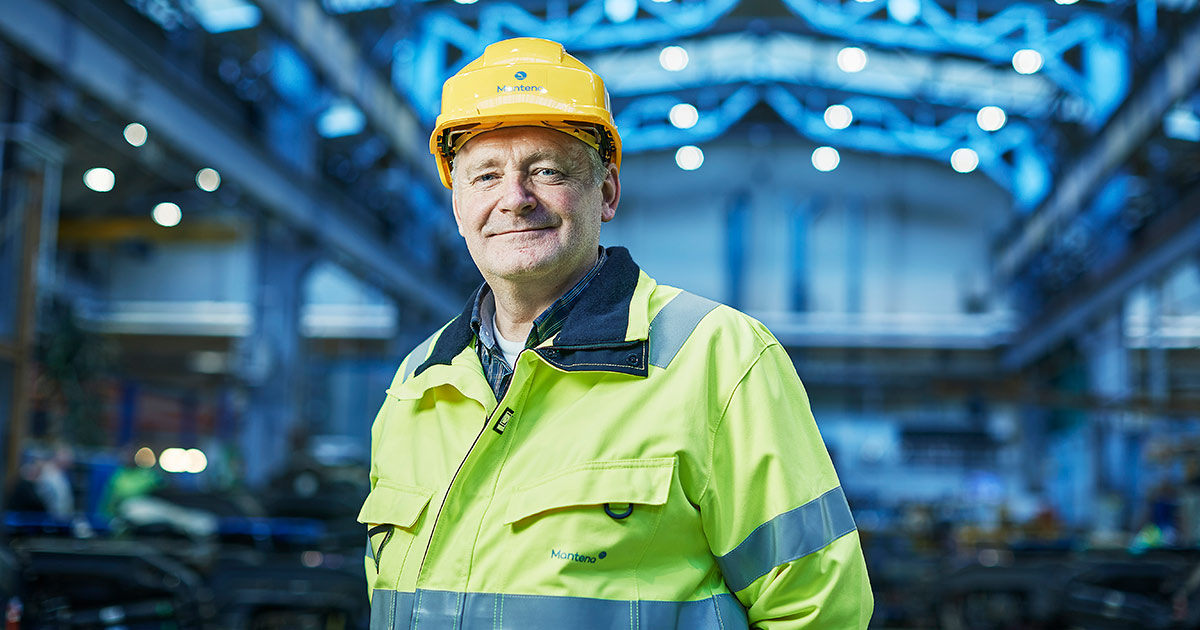
The start of train driving services represents an important step in the development of end-to-end maintenance provision.
In 2020, Mantena was awarded license and safety certificates A and B to drive trains without passengers or freight on the national rail network in Norway.
First drive
After much preparation and planning, Mantena took its first independent drive on the Norwegian national rail network in January 2021. This followed the completion of work on an Itino train set owned by Transitio in Sweden.
The train set was delivered by Mantena to the border station at Charlottenberg, and a similar train set was taken back to Grorud for scheduled work.
Roy Sannerhaugen is Director of quality, health and safety and environment at Mantena. He explains that the start of train driving services represents an important step in the development of end-to-end maintenance services.
-The fact that we can now drive trains means we can deliver a more complete product to customers, and together with rail companies, we can offer a more integrated service provision. For a railway company, there is a lot of train driving that is not commercial. This includes driving to and from workshops, positioning runs to get trains to the right place, and test driving after maintenance and repair work. Mantena wants to offer this sort of train driving to customers as part of its maintenance provision.
Aiming to expand the service
Sannerhaugen says Mantena is working to expand the train driving service for customers who can see the advantage in a maintenance company providing delivery services.
-Right now, a significant proportion of our work is concerned with upgrades, painting and repair jobs, where the trains have to come into the workshops and stay there for a while. When we work on jobs like this, we also try to provide a more complete service which also includes delivery back to the customer. Another example is that we want to extend the service to include delivery to the platform after maintenance work, for the railway companies to take over from there, says Sannerhaugen.
